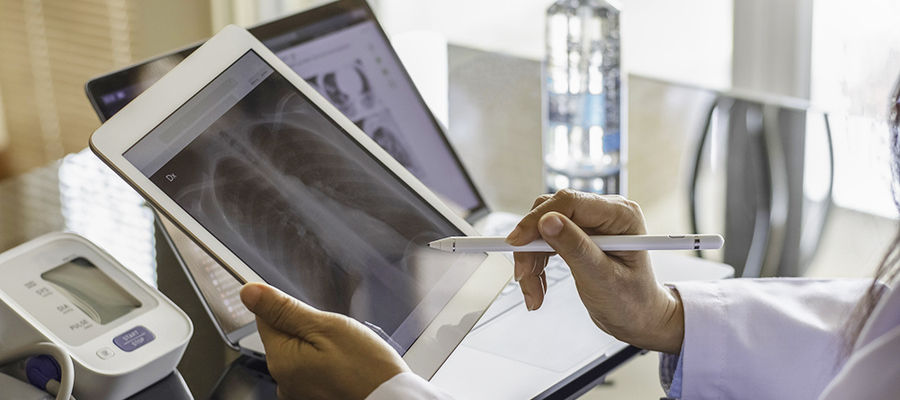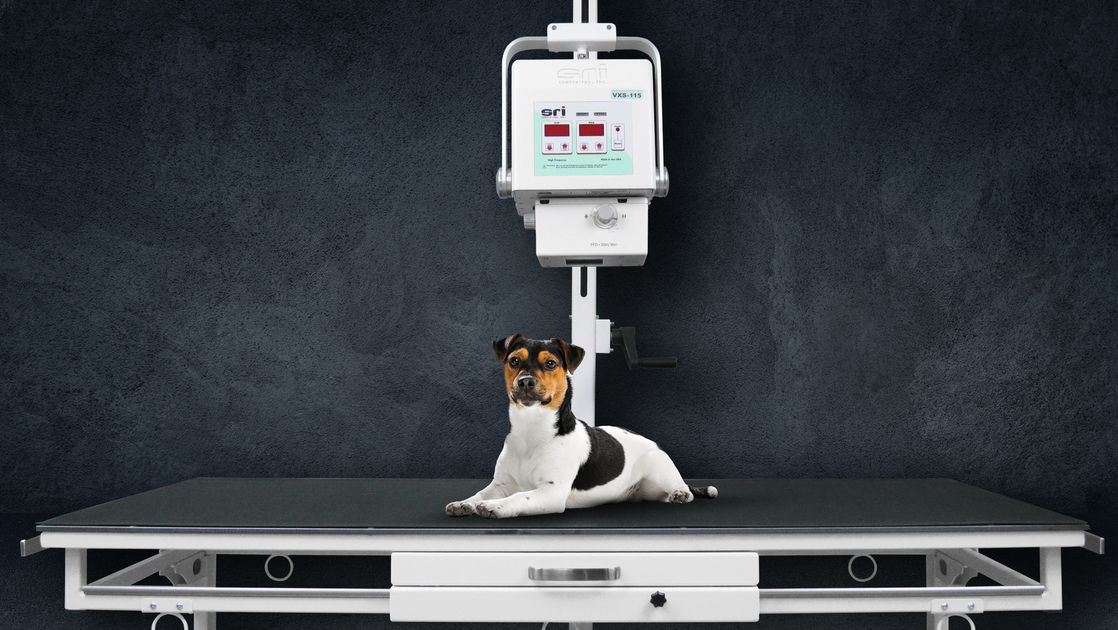Chest X-rays Help Docs Forecast COVID-19 Severity in Young Adults

Recent studies highlight the importance of chest x-rays for determining the course of treatment
We all know the benefits that a powerful and portable x-ray machine can provide in healthcare settings. However, chest x-rays in particular have been one of the most important uses of mobile X-Rays of late due to the COVID pandemic by providing radiology teams and medical staff immediate access to chest imaging of potential COVID positive patients.
Younger patients are benefitting from early use of chest x-ray machines
The effect of COVID on both older and comorbid patients has been well-documented but recently we have seen the virus attacking a younger population initially thought to be somewhat unaffected. Performing chest x-rays in young adults has recently proven to be a crucial tool in helping physicians determine the potential severity of the illness.
This is according to Mount Sinai researchers who have discovered that performing chest x-rays in younger adults who arrive in the emergency department with COVID-19 can help physicians determine who is in more danger of experiencing severe illness. The team from Mount Sinai used a special scoring system based on coronavirus damage patterns in patients' lungs to triage young and middle-aged adults for hospitalization or intubation.
There have been conflicting opinions and research on x-ray's utility for fighting the virus, but authors of this May 14 study published in Radiology believe their results are clear.
This is the first study looking at how we can use chest x-rays from the emergency room to predict how sick COVID-19 patients will get,” first author Danielle Toussie, MD, a radiology resident at Mount Sinai, said in a statement. “We demonstrate how valuable x-rays can be during this pandemic because, by evaluating disease in different portions of the lungs, we can predict outcomes, which can potentially help appropriately allocate resources and expedite treatment in the most severe cases.
The radiologists looked at 338 COVID-positive patients from across three Mount Sinai locations. Each individual was, on average, 39 years old and had undergone an x-ray in the ED.
Toussie et al. examined the various patterns of the virus on every image, marking the opacities and where they were located. Based on these factors, they divided the scans into six zones and scored each on a scale from 0 to 6. A low-severity case ranged from a total score of 0 to 2, while high severity scored 3 to 6. Of the total patient group, 145 were admitted to the hospital. Those with the highest x-ray scores were 6.2 times more likely to require hospitalization, and 4.7 times more likely to be intubated.
Additionally, men were more likely to have higher chest x-ray scores and be admitted compared to women. Obese individuals were also more likely to have overall higher x-ray scores and require hospitalization.
“This study provides particular insight on how some of the younger demographic, who still make up a sizable proportion of those affected by the virus, may fare upon presentation to the emergency room, allowing for efficient mobilization of available means of treatment,” co-author Yogesh Sean Gupta, MD, an associate professor of diagnostic, molecular and interventional radiology at Mount Sinai, remarked in the statement.
Popular Posts
-
How Mobile X-Ray Systems Are Transforming Wildlife Rehabilitation
2 weeks ago -
Portable X-Ray Systems: Bringing Diagnostic Care to the Home
1 month ago -
Portable X-Ray Systems: Advancing Tuberculosis Detection in Correctional Medicine
1 month ago -
The Advantages of Portable X-Ray Systems in Sports Medicine
1 month ago -
How X-Ray Thickness Gauging Improves Accuracy and Safety
2 months ago
Source-Ray
REIMAGINING X-RAY
Your Trusted Partner in the Design & Manufacture of X-ray Generators and Medical Systems
Get in touch with our X-ray experts
We're here to help you with all your X-ray needs


